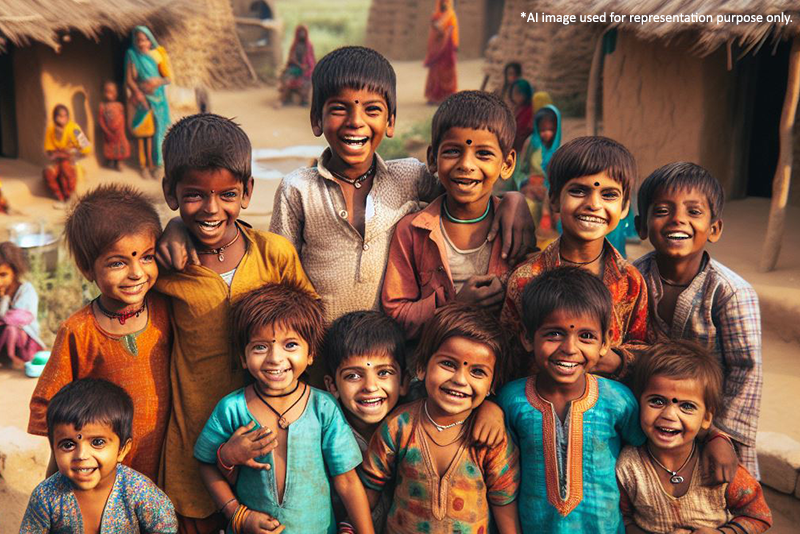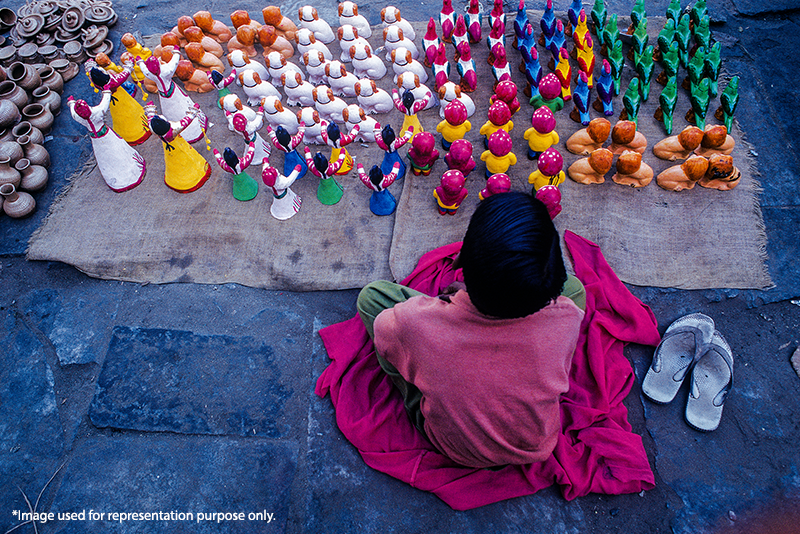
Understanding the different types of child labour and their impact
Every child has the right to a safe, secure childhood with access to education. Unfortunately, child labour robs millions of children of these fu....
Read More
Child labour is not just a statistic; it's a harsh reality that profoundly affects the health and education of millions of children worldwide. Behind each number lies a personal story of struggle and sacrifice, where children are forced into labour at the expense of their well-being and future.
For these children, the consequences are dire. Many endure long hours of strenuous work in hazardous conditions, leading to physical injuries, chronic illnesses, and stunted growth. Moreover, the burden of labour often deprives them of the opportunity to attend school, perpetuating a cycle of poverty and illiteracy.
But it's not just their physical health that suffers; their mental and emotional well-being are also at stake. The toll of exploitation and abuse leaves scars that may never fully heal. These children deserve more than just survival; they deserve a chance to thrive.
Breaking the cycle of child labour requires a multi-faceted approach, with a strong emphasis on education. By providing children with access to quality education, we empower them to envision a better future for themselves. Education equips them with the knowledge and skills necessary to break free from the cycle of poverty and pursue their dreams.
We must also address the root causes of child labour, including poverty, lack of access to education, and societal norms that prioritize economic gain over the welfare of children. By advocating for policy changes and supporting grassroots initiatives, we can create a more supportive environment for vulnerable children and their families.
Ultimately, ending child labour is not just a moral imperative; it's a strategic investment in the future. When we invest in the education and well-being of children today, we are laying the foundation for a more prosperous and equitable society tomorrow.
Take Action Today! Help children #LearnNotEarn